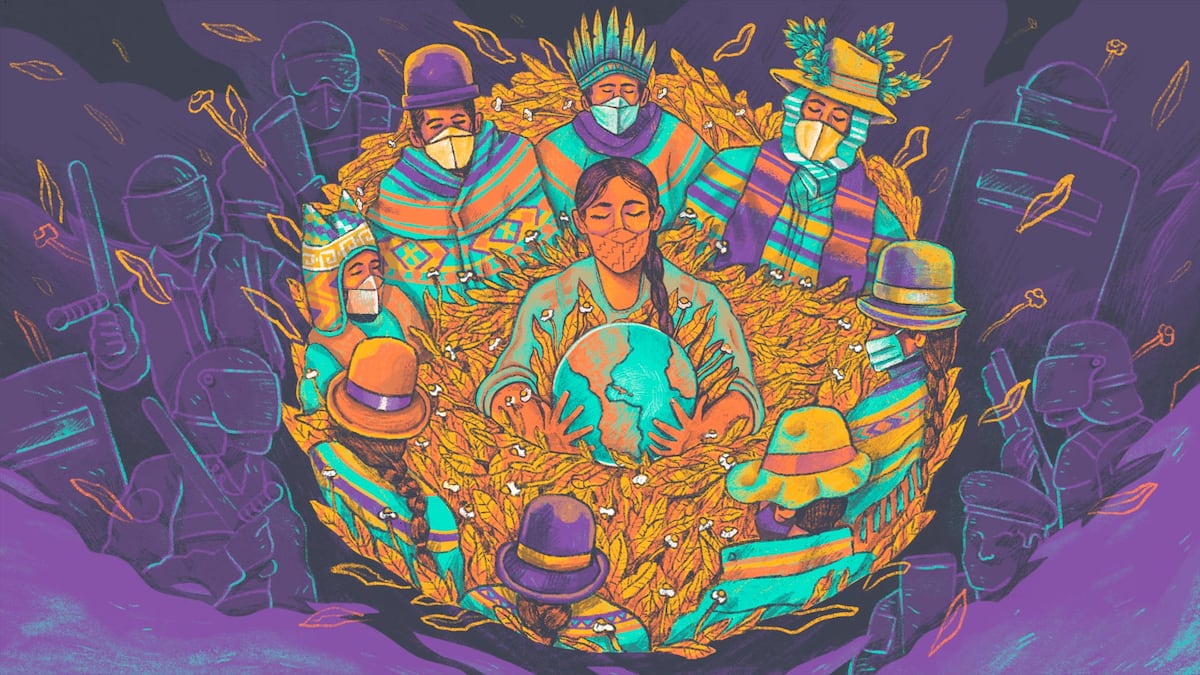Post-pandemic medicine and future caregivers | Community

At the beginning of 2020, Zulma Cucunubá’s WhatsApp began to be filled with messages from friends who knew her work: “Is this an artificial virus? We are going to die? They asked me about very funny things and I answered them, but at one point it was stressful,” Zulma recalls, She is an infectious disease epidemiologist and researcher at Imperial College London and the Department of Epidemiology at Gavirana University in Columbia.
With news becoming increasingly dangerous and doubts recurring as fast as misinformation, Zulma has found a way to get everyone he knows right away: Twitter. In January 2020, two months before the World Health Organization (WHO) declared the pandemic, I wrote a series of explainer tweets about the origin and trend of COVID-19, with emojis and links to articles describing how science has evolved in real time.
“I had to remove the notifications from the mobile because that blew up, and I think it was because no one in Latin America, up to that point, had written anything or made many statements,” he says. I was worried. She knew the area was not prepared for a pandemic, but she worked for hours gathering information for analysis and then completing her outreach work. “It was very rare that this role was to communicate without intimidating, but without downplaying the importance of it,” he says. The World Health Organization found itself in the same dilemma, and asked the scientific community to get into social networks and start reporting.
“Many of the greats of the internet, like Twitter and Google, made this alliance with the World Health Organization, to put the official contents of health entities first,” he explains, and the choice on Twitter was to adopt scientists, so that our opinion is more important than influencers. We became the authorized voices, if you will, on networks.” Along the way, he began to think about the importance of interdisciplinary epidemiology, because although he works with public health, mathematics, immunology, biology, engineering, it is necessary, for example, to engage the sciences Social.
“I can’t imagine an epidemiologist who doesn’t know, at least, a little bit of communication,” he enumerates, “economics to understand the society in which you work and anthropology to understand how to put that information into the mathematical models that make.” It’s about striving for more diversity, winning more contributions and more styles, and “bringing in more women, more communities and minorities,” he says.
Zulma believes that one of the keys to preparing for the future is to start teaching epidemiology from school, as it should not be considered knowledge reserved for the scientific community. As well as flexibility training. “For this pandemic, 15,000 ICUs were needed and if another 40,000 were needed, what would we do? This flexibility is provided by adaptation and resilience. What does it mean to have a backup? Having more people trained is more than what is required in the end. I would like to summarize that preparation depends on planning to be flexible.”

“Award-winning zombie scholar. Music practitioner. Food expert. Troublemaker.”


/cloudfront-eu-central-1.images.arcpublishing.com/prisa/AHVYMMDSTZDTDBFNZ3LMFUOKNE.jpg)








